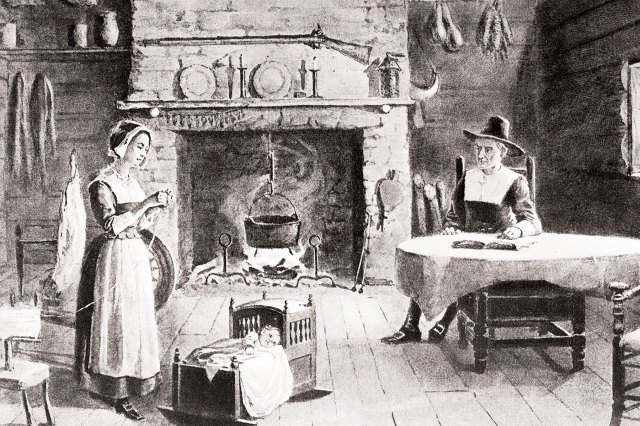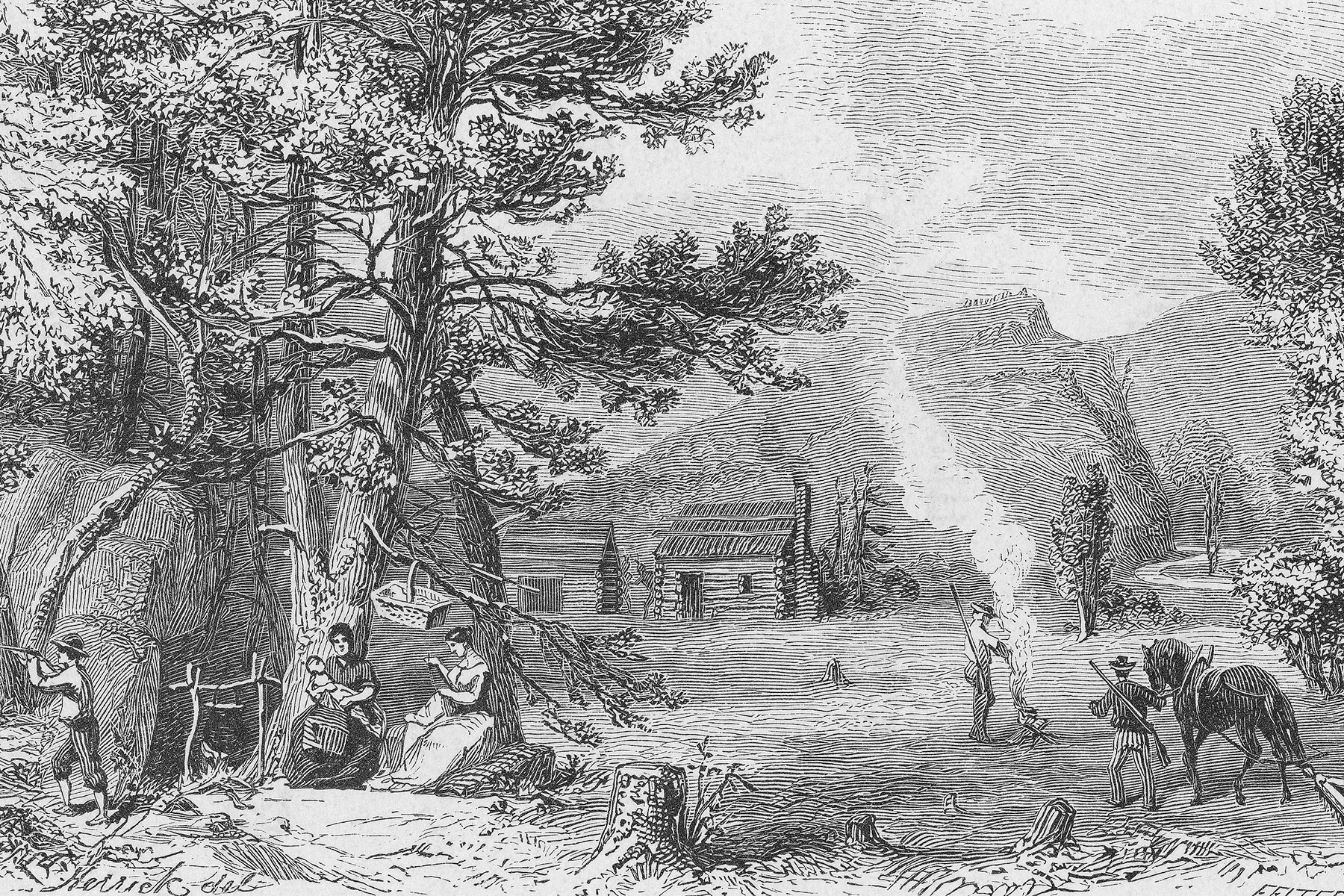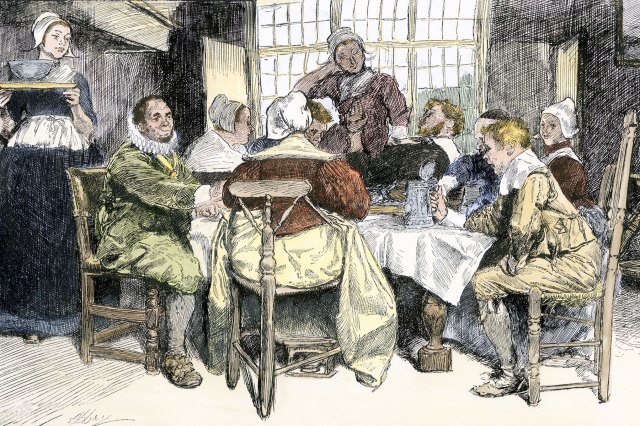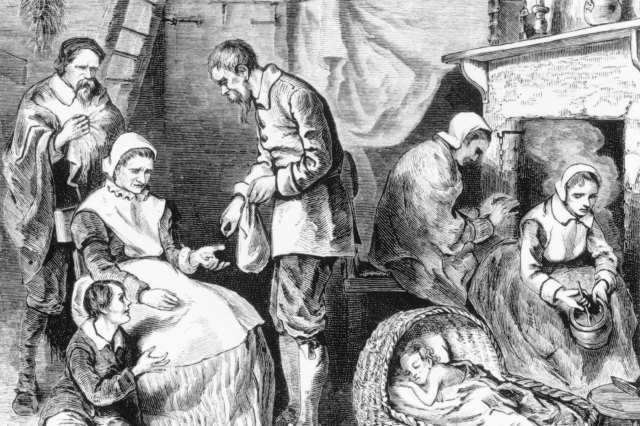A Day in the Life of a Settler in Colonial America
There was no one typical day in colonial America — the experiences of colonial families differed based on their location, economic status, and individual circumstances. The colonial era not only spanned a large period of time — from the early 17th century to the late 18th century, before the United States became an independent nation — but it also covered a large and varied landscape. The 13 original American colonies stretched from Massachusetts to Georgia, and were populated by settlers from different parts of Europe whose beliefs, traditions, and lifestyles varied greatly.
Colonial settlements ranged from the growing urban centers of the Northeast to the rural agrarian communities of the Southern colonies, and the daily routines of families were impacted by their environment, which included the influence of Indigenous populations. Colonists often adopted or adapted aspects of Native American culture, including agricultural practices and culinary techniques, in order to survive. Weather conditions, seasons, and the availability of resources also played significant roles in shaping daily life in the colonies. But whether you were a farmer, a merchant, a tradesman, or a wife and mother, day-to-day life in the colonies consisted of long days, hard work, and community connections.

The Workday Started Before Dawn
The workday in colonial America typically began before dawn and lasted until the sun went down, and throughout the day, families dedicated themselves to tasks essential for their survival. The morning started with a modest breakfast of bread and milk, porridge, or cornmeal mush with cider or beer before the work began. This sustenance was much-needed: Depending on the time of year, weather, and season, the typical workday could be up to 12 hours long, six days a week.
Men were expected to provide for their family, and while farming was the primary occupation throughout the colonies, there were a variety of other jobs to be filled, particularly as towns started to grow. Men worked as blacksmiths, carpenters, silversmiths, and in other skilled trades and crafts that contributed to the local economy. Women typically worked in the home, managing all aspects of the household and childcare, including meal preparation and basic education of the children. In addition, married women in non-farming families often worked alongside their husbands in shops or trades, and unmarried or widowed women took jobs as seamstresses, midwives, or tavern keepers. Children often assisted their parents in their work, learning valuable skills for their future roles in the community.

















